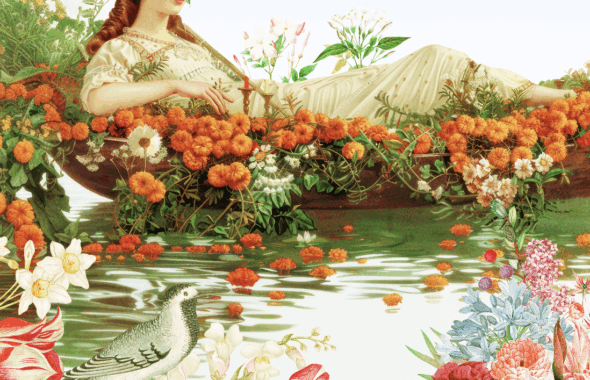Les Coups de Cœur à Chantilly
- 18:00
- Les Coups de cœur à Chantilly | Dôme des Grandes Ecuries | Château de Chantilly
- France

Händel’s laurels
Georg Friedrich Händel (1685-1759)
Neun deutsche Arien, HWV 210 (1724-1727), extrait
Aria n° 9 « Flammende Rose, Zierde der Erden »
Il trionfo del Tempo e del Disinganno, HWV 46a (1707), extrait
« Lascia la spina cogli la rosa »
Il Pastor fido, HWV 8 (1734), extrait
Chaconne
Serse, HWV 40 (1738), extrait
« Ombra mai fu »
Acis and Galatea, HWV 49a (1731), extrait
« O Ruddier than a cherry »
Apollo e Dafne, HWV 122 (1709-1710)
Cantate
CAST
Ambroisine Bré, Mezzo-soprano
Nahuel di Pierro, Bass-baritone
Les Talens Lyriques
Christophe Rousset, Direction musicale
Fauna between Flavonius and Flora
Johann Christian Bach (1735-1782), François Couperin (1668-1733), Antoine Forqueray (1672-1745), Jean-Philippe Rameau (1683-1764), Joseph Bodin de Boismortier (1689-1755), Louis-Claude Daquin (1694-1722), Joseph-Hector Fiocco (1703-1741)
CAST
Korneel Bernolet, harpsichord
with the very special participation of Christophe Rousset
Triumph sweet flowers
Pancrace Royer (1703-1755)
Suites d’orchestre (extraits)
Le Pouvoir de l’Amour, ballet-héroïque (1743), extraits
Almasis, acte de ballet (1748), extraits
Zaide, Reine de Grenade, ballet-héroïque (1739), extraits
Jean-Philippe Rameau(1683-1764)
Les Indes Galantes (1736), extraits
Troisième Entrée : Les Fleurs, Fête persane
CAST
Ambroisine Bré, Mezzo-soprano
Mélissa Petit, soprano
Petr Nekoranec, Tenor
Nahuel di Pierro, Bass-baritone
Chœur de chambre de Namur
Thibault Lenaerts, Choirmaster
Les Talens Lyriques
Christophe Rousset, Direction musicale
Händel’s laurels
“Apollo e Dafne is a Roman cantata that recounts one of Ovid’s many metamorphoses. Apollo, admires and pursues Daphne, but she rejects his love and calls for help from her father, the river-god Peneus. No sooner had she finished her prayer than her limbs went numb, her hair turned green with leaves, her arms stretched out like twigs, her feet turned into roots and attached themselves to the earth. Daphnis in Greek is the name of today’s laurel tree.
It’s a famous story that other artists and arts have seized upon, including sculpture. I’m thinking of the famous Bernini work in the Galleria Borghese in Rome, where you can see the movement and transformation, actions rooted in time, yet set in stone. This programme will be accompanied by opera arias, in which the names of plants will be evoked.”Triumph sweet flowers
“We couldn’t be more on topic with these Actes des Fleurs (Fêtes Persanes) from Les Indes Galantes, which les Talens Lyriques now know inside out.
These Fêtes Persanes explore the fanciful taste of the Orient that was particularly popular in the 18th century, not only in music but also in painting and in decorative arts. These airs remind us of perfumes, and it was in Persia that these techniques were particularly developed.
Rameau’s music is highly refined and sophisticated, with very charming and appealing instrumentations, in particular with a large quartet : a rarity in Rameau’s music. However, in his Indes Galantes, the composer was less sure of himself with his Flowers. He wrote several versions of it, a fact no doubt due to changes in the cast. Rameau was definitely more decisive in his other entries.
Then we decided to add Royer’s Orchestral Suites to the programme. This recording, made in 2023, deserves more of the spotlight. It’s astonishing music that we are very passionate about. Although these composers may not have been friends, we know that they held each other in high esteem, both were very prominent and rubbed shoulders with each other, particularly at the king’s court.”
– Christophe Rousset